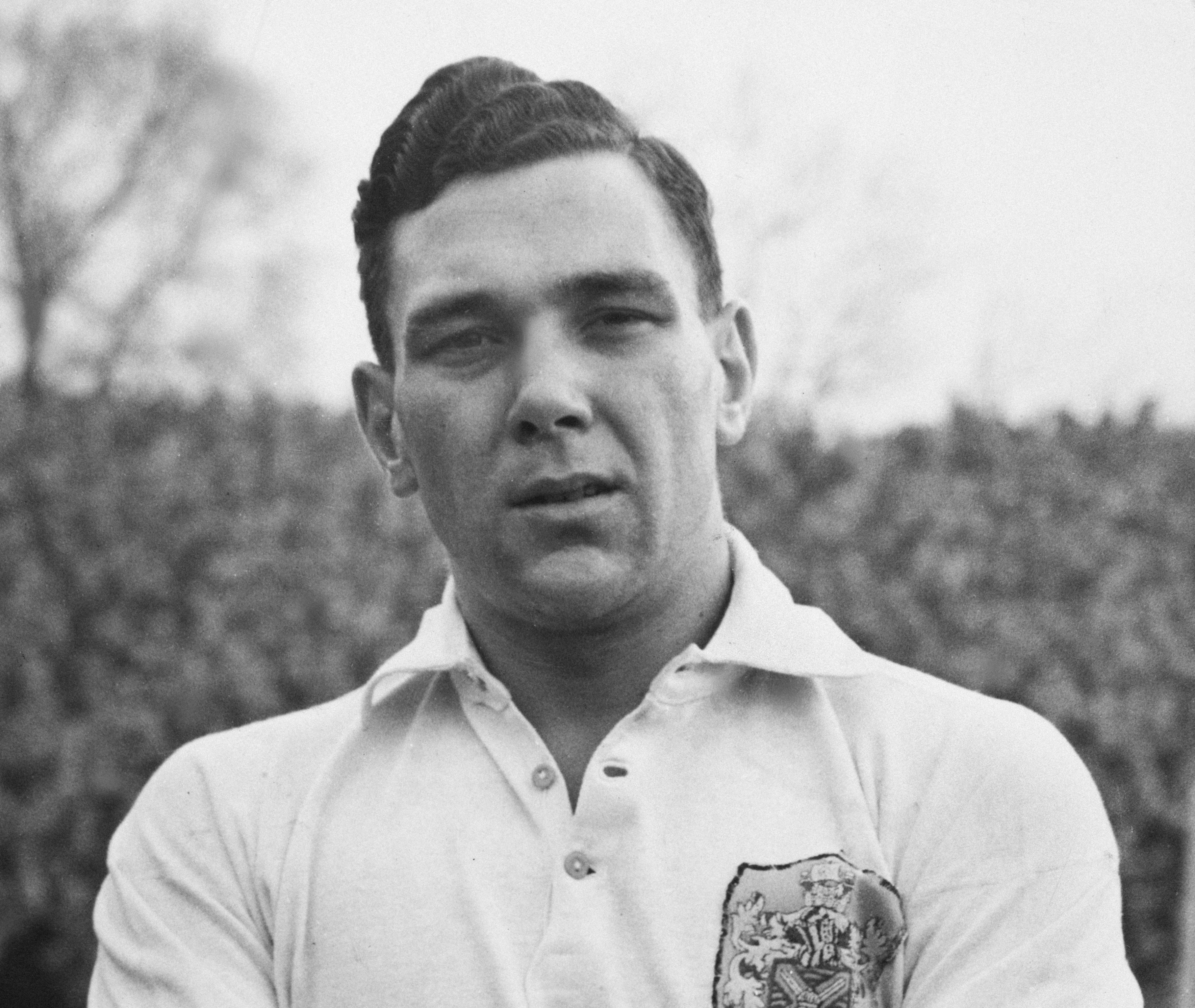Wolverhampton Wanderers, our first away fixture this season, has jolted my memory.
In recent months Fulham's official website has featured individual supporters' nominations for the club's greatest ever goal scorer. Gary Piper, the long-established Chaplain, is younger than I but we both were fortunate enough to watch Graham Leggat in his prime.
We also knew Bedford Jezzard as a great team manager but club historian Alex White has made an excellent case for Beddy as the best marksman too. That was in the Golden Era of Johnny Haynes, who is eulogised by his former team-mate Rodney Marsh.
It's impossible to decry any of the candidates. Sandra Coles, now retired as Ticket Manager but still a Hammersmith End regular with her sister Yvonne Haines, puts a strong case for Gordon Davies. The Sun's Dave Kidd enthuses about Louis Saha. Others laud Brian McBride, Allan Clarke, Clint Dempsey; the list goes on and on.
After the astonishing events of last season all these great strikers are somewhat overshadowed by Aleksandar Mitrovic, who is nominated by bloggers John and Loz.
Younger supporters may know little about Allan Clarke. When I published 'Fulham We Love You' back in 1976 one of my readers felt (justifiably) that I had undervalued Allan, who joined Fulham as a 19 year-old. Between Easter 1966 and May 1968 he played 85 top tier League matches, scoring 45 goals and refusing to be overawed by seniors like Haynes and Bobby Robson.
He lost favour by his public declaration that he would no longer play for Fulham if the club got relegated. Such an attitude seemed disloyal then but is commonplace today. Even so Mitro's constancy is another reason to honour the Serb.
The Wolverhampton game calls to mind another important striker, who played even fewer matches for the Whites than Allan Clarke but made an enormous impact. George Arthur Rowley was born in Wolverhampton on 21 April 1926 and signed for Fulham in December 1948 when the team was making a real effort to reach the top division of the Football League.
Arthur certainly lived up to expectations, scoring eight times in his first three matches. On the final day of the season, his 18th and 19th goals ensured the club's Championship title and admission to the top tier.
Rowley was a gentle giant by temperament and his good looks and quiet charm melted the heart of my sister Gwyneth, who in those days wrote a football column in the Fulham Advertiser. Their friendship pleased me enormously as I fancied myself as a goalkeeper and Arthur always obliged when I asked him to take 'a few shots in the garden'. The only problem was that three of his team-mates lived next door to us and they did their best to disrupt Arthur's visits to my sister.
In July 1950 I faced Arthur in the garden for the last time. Even as an 11-year-old I could feel that his spirits were low. It transpired that the club had received a tempting offer from Leicester City and decided they wanted the cash rather than the player. Understandably he was hurt but not averse to returning to his native Midlands. He hoped that Gwyneth would accompany him but she was just 19 and, like the rest of our family, addicted to the metropolis, especially Fulham.
The club lived to regret their decision to sell. Over the following seasons he broke all British records scoring over 400 League goals. In particular he relished the ones that he put past Fulham. I made a rare visit to the White City Olympic Stadium in December 1962 to watch QPR v Shrewsbury, for whom Arthur was then player-manager. Football tactics had changed in the intervening years and the bustling striker had become a deep-lying number 9.
In the Autumn of 1994 Arthur decided to sell his mementos saying candidly 'I might as well enjoy what they are worth'. Up for sale were the balls with which he equalled, then passed the old scoring record of Jimmy McGrory. Michael Parkinson's reaction was swift:
"There should be a law proclaiming that sporting heroes should never feel the need to sell their trophies They should be allowed to dwell in that part of our memory where they are forever young and strong".
At the end of that season Shrewsbury Town hosted the Wolves in a testimonial benefit match for Arthur. I had no chance of attending so I ordered a programme and added a small donation and a note explaining my interest. The programme arrived complete with Arthur's signature.
The ink has faded but I can still make out 'Many thanks. Best wishes Arthur Rowley'. I know that celebrities do not have time to ponder each signature but maybe he still remembered the red-haired boy who used to pester him for a few shots in the garden.
The views expressed in this blog are those of the author and unless specifically stated are not necessarily those of Hammersmith & Fulham Council.
Want to read more news stories like this? Subscribe to our weekly e-news bulletin.

